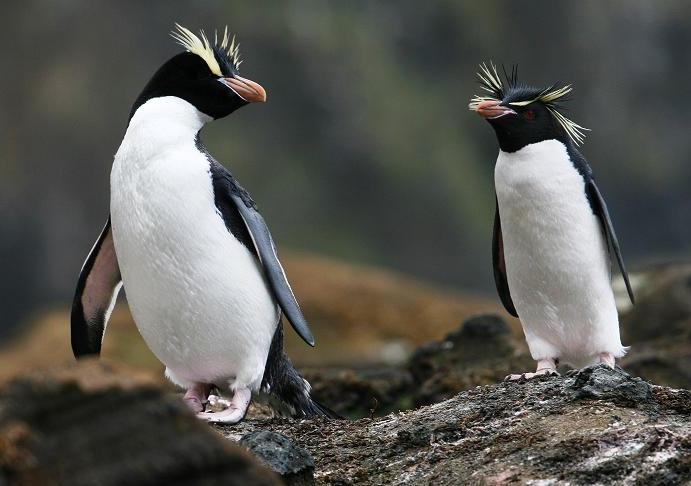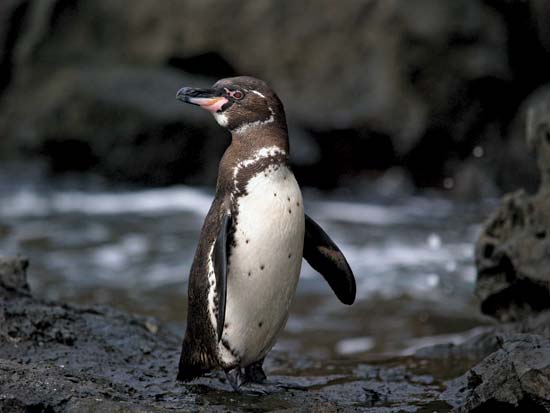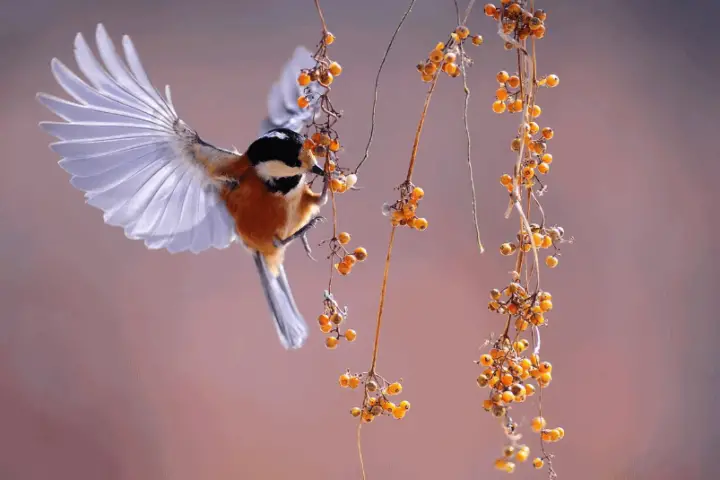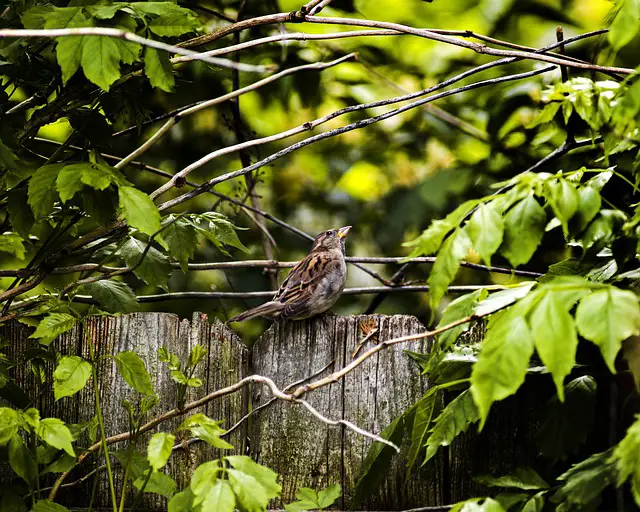Let’s own the most exciting chinstrap penguin facts including chinstrap penguin diet, habitat, and foraging behavior. The chinstrap penguin (Pygoscelis antarcticus) is a penguin species inhabiting South Georgia, South Sandwich Islands, South Shetland, and Balleny. It is characterized by its bluish-back head together with the white throat, chin, and cheeks; both male and female displays the same plumage. Chinstrap penguins are also known as Ringed Penguins, Bearded Penguins, and Stonecracker Penguins. They have a black stripe that runs just above the neck. There are around 7.5 million breeding pairs of chinstrap penguins in Antarctic and Sub-Antarctic waters.
Chinstrap Penguin Facts
- The length of the chinstrap penguin measures around 68 cm (27 inches), with as weight measuring at 6 kg (13.2 lbs). In the breeding cycle their weight can be reduced to 3 kg (6.6 lbs).
- Males are larger and heavier as compared to females.
- They have black flippers with the undersides of the flippers being white. The front body of chinstraps is white but the back is absolutely black.
- They have strong legs and webbed feet which are pink in color.
- The black-and-white plumage allows them to camouflage in the water from predators such as seals.
- These penguins have a swimming speed of 80 km (50 miles).
- Of all penguins, chinstrap penguins are the most aggressive species.
- The average lifespan of chinstrap penguins is 15 to 20 years.
- The eggs are incubated by both males and females after an interval of 6 days. The chicks hatch after 37 days, but will stay in the nest for about 20 to 30 days. The chicks begin to moult after 50 to 60 days.
- They return to the colonies in the month of November.
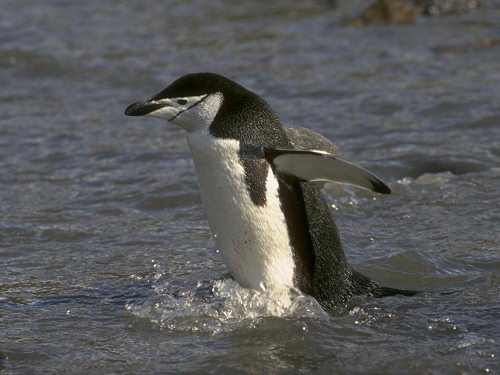
Where Do Chinstrap Penguins Live | Chinstrap Penguin Facts
Chinstrap penguins are found in the large icebergs of sub-Antarctic region and Antarctic Peninsula. They require solid ground to build nests and the ground should be free of snow. They inhabit in South Shetland, Deception Islands, South Georgia, Balleny, South Orkneys, Bouvet Island, and islands of Scotic Sea. It is a species of northern Antarctic, occurring only in the Antarctic Circle on Peter I and Balleny islands. The largest concentration of these penguins is found in Zavodovski Island in the South Sandwich group, comprising 10 million penguins. Some species also inhabit MacQuarie Island, Tasmania, Kerguelen, and Heard Islands. The primary predator of these penguins is leopard seal.
What Do Chinstrap Penguins Eat | Chinstrap Penguin Facts
Chinstrap penguins primarily feed on fish, krill, and shrimp. The population of chinstrap penguins has increased over the years possibly because of the abundance of krill. The krill becomes abundant due to the decline in whale-bone and baleen whales. After macaroni penguins, chinstrap penguins are the most abundant penguins all throughout Antarctica.

